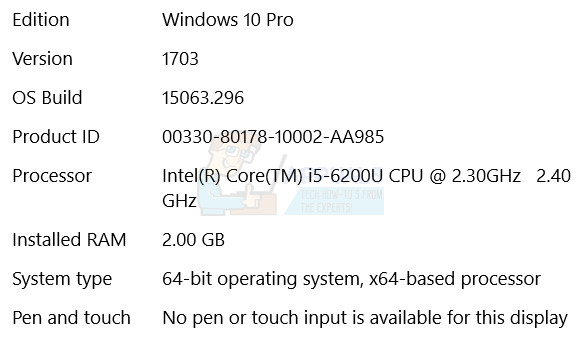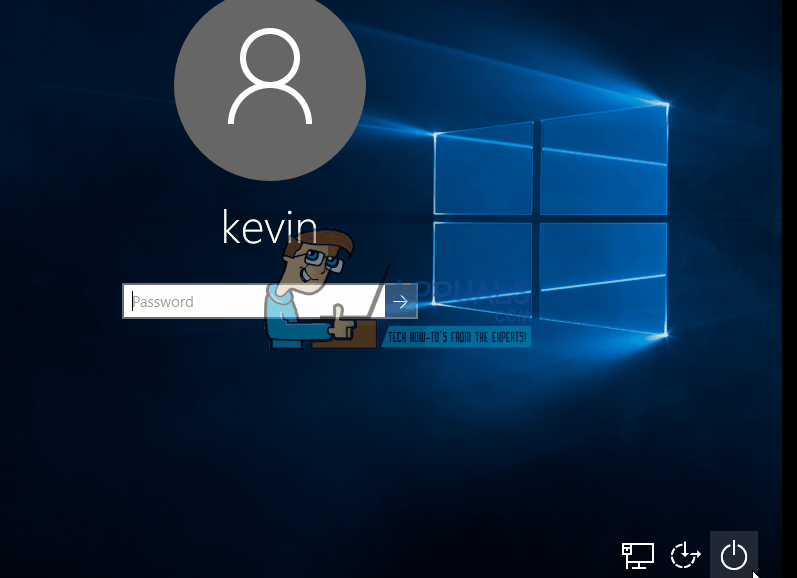Fix: Windows 10 Stuck on Creators Update
Microsoft released Creator updates for Windows 10 in April 2017. However, these updates are not yet available through Windows updates but through ISO. Users are required to use the media creation tool to download the Windows Creators 10 update ISO. Many Windows users who have tried to install Creator updates manually using the ISO image were not successful in doing so. They complained of updates stopping at 40%. Despite waiting for few hours, the update progress never moved beyond 40%. The problem in windows updates is not new. If you look back the various Windows 10 updates offered earlier, majority of the time the update process was plagued by several problems.
The reason for stuck update process can be many. For example, it can be your USB devices, hardware drivers, additional HDD or even third party apps. Since the hardware configuration of every device differs, it is difficult to tell the exact cause of the Creator update getting stuck at 40%. The Creator updates bring in many changes, it is required to move several files that can take time. It might be a possibility that update might seem stuck at 40% but the upgrade process is active in background and files are being moved and you just need to wait. Additional software installed on your Windows 10 might also lengthen the update process as they are reconfigured during the update.

There are different ways to overcome the hindrance in Windows Creators update. In this article, we have listed a couple of solutions that have worked for user facing a similar problem.
Solution 1: Check whether your system has KB4013214 update
The KB4013214 update is an essential update and it is necessary you have it installed before you proceed to install Creators update. To check the updates installed on your Windows system, follow the steps given below.
- Open Settings app
- Select Update & Security
- Under Windows Update, select “update history”
- You’ll see a list of updates installed and the dates they were installed here. Look for KB4013214 update in the list. If you do not find the mentioned update, download and install it before proceeding to install Creator update from here.

Solution 2: Disconnect non-essential USB devices
USB devices are known to cause a problem in Windows update process and that has not changed with Creator updates. Remove all USB devices such as card readers, portable hard drives, and other devices connected to your Windows 10 system and wait for the update process to resume. You need to also remove any gaming keyboards attached to the computer. If nothing happens for a long time, you can restart the computer and start the Creator update process again. If you are having additional HDD’s inside your Windows 10 system, disconnect them and reboot the system.
Solution 3: Remove third-party antivirus programs
Third-party anti-virus programs are known to cause problems while installing Creator updates. You need to uninstall third party anti-virus programs through Add/Remove programs. Here are the steps to uninstall third-party antivirus program
- Open the Start menu
- Click Settings
- Click System on the Settings Menu
- Select Apps & Features from the left pane
- Select the antivirus program you want to uninstall
- Click the Uninstall button that appears
- Click the Uninstall pop-up button to confirm
Solution 4: Remove graphic drivers
- Click on the Start menu
- Type Device Manager in search box and press Enter
- Locate Display Adapters and expand it
- Select the display driver you want to remove and right-click on it
- Select Uninstall from the menu.

- Windows will prompt you to Device Manager confirm driver’s removal, click OK to confirm. Reboot Windows and it should automatically install the latest driver.
Solution 5: Roll back to the Windows 10 build you were previously using
If none of the solutions listed and described above have worked for you, your only remaining course of action, provided that you want your computer to play quality sound, is to roll back to the Windows 10 build you were using before you installed the Creators Update. Rolling back to the Windows 10 build you were using before updating your computer to a newer build is not only possible but is also pretty easy, provided that it hasn’t been 30 days since you migrated over to the newer build. If you are past the 30-day mark, your computer will have deleted the installation files required for the rollback.
If you are having sound quality issues on the Windows 10 Creators Update, you can simply roll back to your previous Windows 10 build and wait for Microsoft to fix the issues you were experiencing, after which you can make your way up to the Creators Update once again. In order to roll back to the Windows 10 build that you were previously using, you need to:
- To do this, at the login screen HOLD the SHIFT key and click the Power (icon) located on the lower right corner. Whilst still Holding the SHIFT key choose Restart.
- Once the System boots into the Advanced Mode, choose Troubleshoot and then choose Advanced Options. From Advanced Options, choose the option titled Go back to previous build.
- After a few seconds, you will be asked to choose your User Account. Click on the User Account, key in your password and choose Continue. Once done, choose the option Go Back to Previous Build again.
